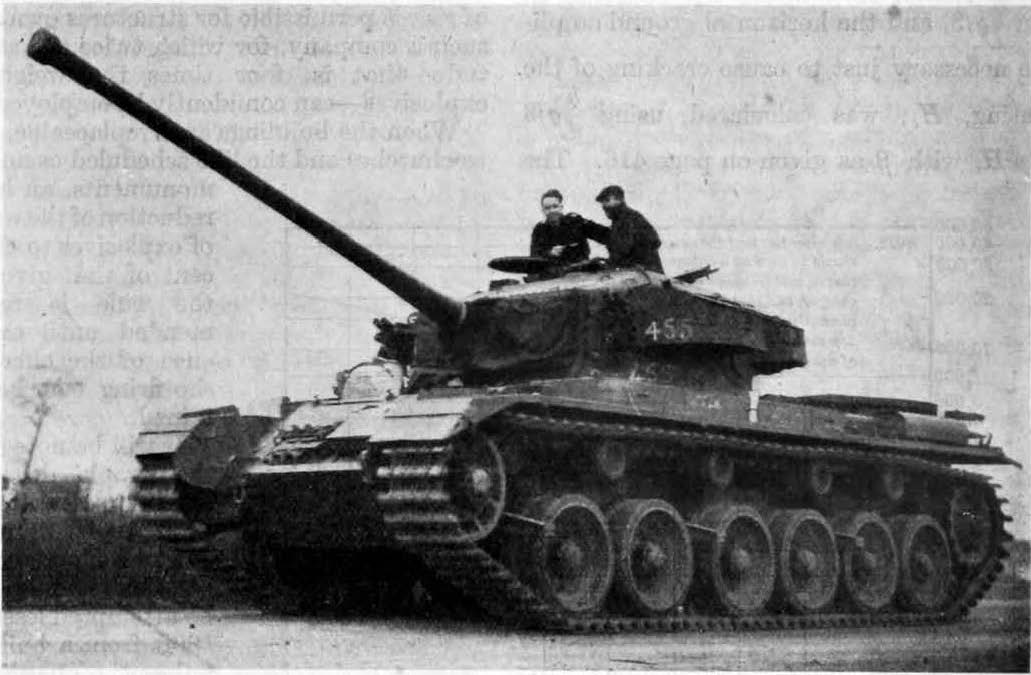In what was clearly a big deal for our predecessors, the press were invited, for the first time since the Second World War, to tour a Royal Ordnance Factory and see the assembly of what was to become an icon of the Cold War: the Centurion Tank, which saw service in the Korean War, the 1970s Arab-Israeli conflicts, the Vietnam War and even as late as the 1991 Gulf War.

The Centurion was a remarkable vehicle. The heaviest armoured vehicle that had ever been produced in Britain, it weighed 50 tons, was built from 3.5in (88mm) thick steel armour-plate, carried a 3.7in (94mm) calibre gun firing a 20lb (9kg) shell and housed a modified Rolls-Royce Merlin engine — the same one that powered the Spitfire and Lancaster — which gave it a top speed of 25mph (speedy for a tank).
The Engineer reported on the whole production process, including the ingenious welding jigs that rotated the steel-plate hull so that the joints were always presented so that the welders — all working by hand — could wield their welding electrodes downwards and vertically, which maximised the welding current that could be used and minimised the number of welding runs needed. The report also describes how the tank turret was machined out of a single 8.25ton casting. You can read the full report here.
These efforts paid off, as the Centurion was one tough machine — the only tank known to survive a nuclear explosion. In a nuclear test in 1953, a Centurion built the year after The Engineer’s visit was placed 500 yards from the detonation point of a 9.1kt bomb, cleared of crew but fulled loaded with ammunition and with the engine running. After the test, it was found to have been pushed back about 5ft and its engine had stopped — but only because it had run out of fuel; the tank was refuelled and driven away. After repairs, it re-entered military service and stayed in action for 23 years, including 15 months in operational service with the Australian army in the Vietnam War.




Nanogenerator consumes CO2 to generate electricity
Whoopee, they've solved how to keep a light on but not a lot else.